Retro Replay Review
Gameplay
Warriors Orochi delivers a fast-paced hack-and-slash experience by letting you command a trio of warriors and swap between them on the fly. At any moment, you can switch your active fighter, allowing your other two teammates to recuperate health and build up Musou gauge energy. This dynamic team mechanic encourages strategic rotation, as keeping a balanced roster of ready characters is critical for surviving Orochi’s relentless hordes.
(HEY YOU!! We hope you enjoy! We try not to run ads. So basically, this is a very expensive hobby running this site. Please consider joining us for updates, forums, and more. Network w/ us to make some cash or friends while retro gaming, and you can win some free retro games for posting. Okay, carry on 👍)
The game boasts a roster of 79 playable characters drawn from Dynasty Warriors 5, Samurai Warriors 2, and two brand-new combatants created exclusively for this crossover. Each hero retains their signature moves and weapon sets, and the innovative Weapon Fusion system lets you merge different armaments into a single, more powerful tool of destruction. Experimenting with fusions adds depth to combat, as you can tailor your fighters’ capabilities to suit your personal playstyle.
Story progression unfolds across four distinct campaigns—Shu, Wei, Wu, and the Samurai Warriors Story—each featuring unique stages, unlockable warriors, and special items. Once you’ve conquered a chapter, Free Mode unlocks, allowing you to replay any completed stage with any character in your stable. Additionally, a split-screen local co-op mode lets you team up with a friend to tackle missions together, turning the battlefield into a cooperative frenzy of combos and Musou mayhem.
Graphics
Visually, Warriors Orochi strikes a balance between allegiance to its two source series and fresh, crossover flair. Character models are detailed and instantly recognizable—pinpointing Zhao Yun’s banner pole, Lu Bu’s halberd, and Yoshitsugu Otani’s twin katanas remains a delight. The environments span war-torn plains, ruined temples, and eerie, dimension-shifting arenas created by Orochi’s time rifts, all rendered in crisp 3D that holds up well for the era.
Combat effects are a highlight, with vibrant Musou attacks that splinter enemies in a spectacle of sparks and slow-motion finishers that emphasize each weapon fusion’s power. Explosions, elemental strikes, and magical projectiles look spectacular, especially when several characters unleash their ultimate moves simultaneously, turning the battlefield into a dazzling light show.
The split-screen co-op mode maintains stable frame rates even during chaos-filled encounters, though you might notice a slight drop in particle effects when both players activate high-impact abilities together. Transitions between character switches are seamless, and the user interface keeps your health bars, Musou gauge, and combo counter in clear view without cluttering the screen, ensuring you always know when to swap or unleash your next big attack.
Story
Warriors Orochi weaves a straightforward yet entertaining narrative built around the Serpent King Orochi’s mastery of time and space. After kidnapping legendary warriors from China’s Three Kingdoms and Japan’s Sengoku era, Orochi pits them against one another in a grand tournament of endless battles. This premise sets the stage for countless “what-if” fights and unexpected alliances between historical figures who never met otherwise.
Each of the four campaigns offers a different vantage point on Orochi’s machinations. The Shu, Wei, and Wu storylines follow the Chinese factions as they attempt to band together against the common serpent threat, while the Samurai Warriors Story highlights the samurai’s struggle to return home. Although the narrative is largely a backdrop for the gameplay, character-specific cutscenes and dialogue snippets inject personality into the proceedings and reward loyal fans with fun interactions.
While the plot rarely delves into deep drama, it offers enough context to keep fights meaningful and gives newcomers an easy entry point. Missions often introduce new characters mid-battle, spurring memorable surprise appearances. The writing balances humor, camaraderie, and epic stakes, ensuring that even repetitive skirmishes carry a sense of purpose.
Overall Experience
For hack-and-slash enthusiasts, Warriors Orochi provides hours of addictive combat, thanks to its extensive character roster, weapon fusion system, and multiple story paths. The blend of Dynasty Warriors’ and Samurai Warriors’ mechanics feels harmonious, and the addition of new fighters and fused weapons keeps the formula from growing stale. Free Mode and split-screen co-op further bolster replay value, giving you reasons to revisit favorite stages with fresh strategies.
Challenges arise in the form of escalating enemy numbers and occasionally repetitive objectives, but rotating your team and experimenting with fusion weapons can alleviate grinding monotony. Some missions verge on overwhelming, encouraging you to refine your approach, upgrade weapons, and perfect your Musou combos to clear the map efficiently.
Overall, Warriors Orochi stands as a celebration of Koei’s storied action franchises. Its combination of fan-service crossovers, flexible team mechanics, and satisfying audiovisual spectacle makes it a compelling purchase for both longtime Warriors fans and newcomers seeking a deep, accessible hack-and-slash title. Whether you’re playing solo or with a friend, Orochi’s chaotic battles deliver consistent thrills and keep you coming back for more.
 Retro Replay Retro Replay gaming reviews, news, emulation, geek stuff and more!
Retro Replay Retro Replay gaming reviews, news, emulation, geek stuff and more!
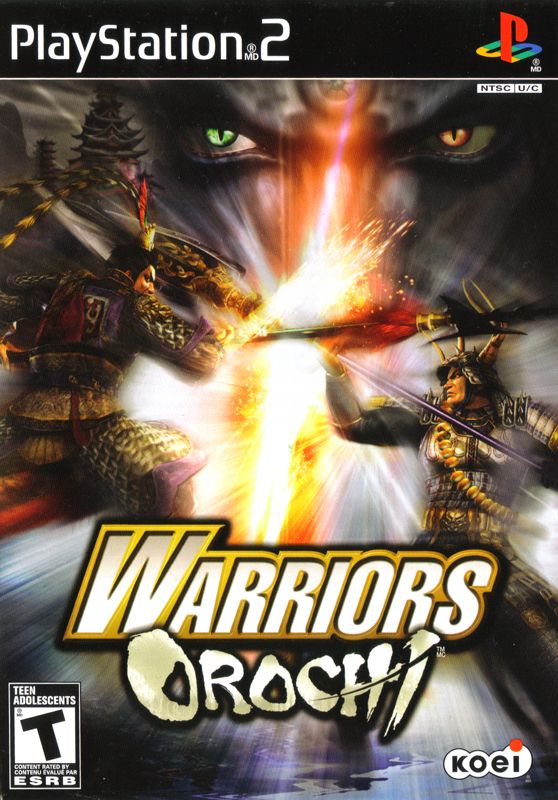
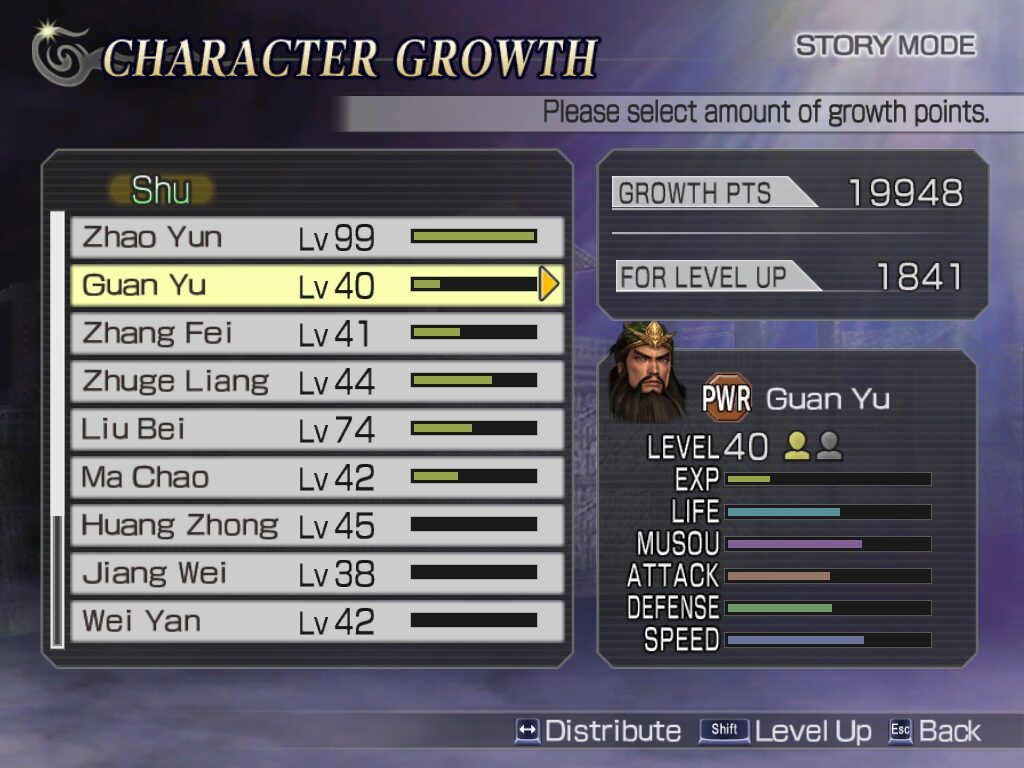
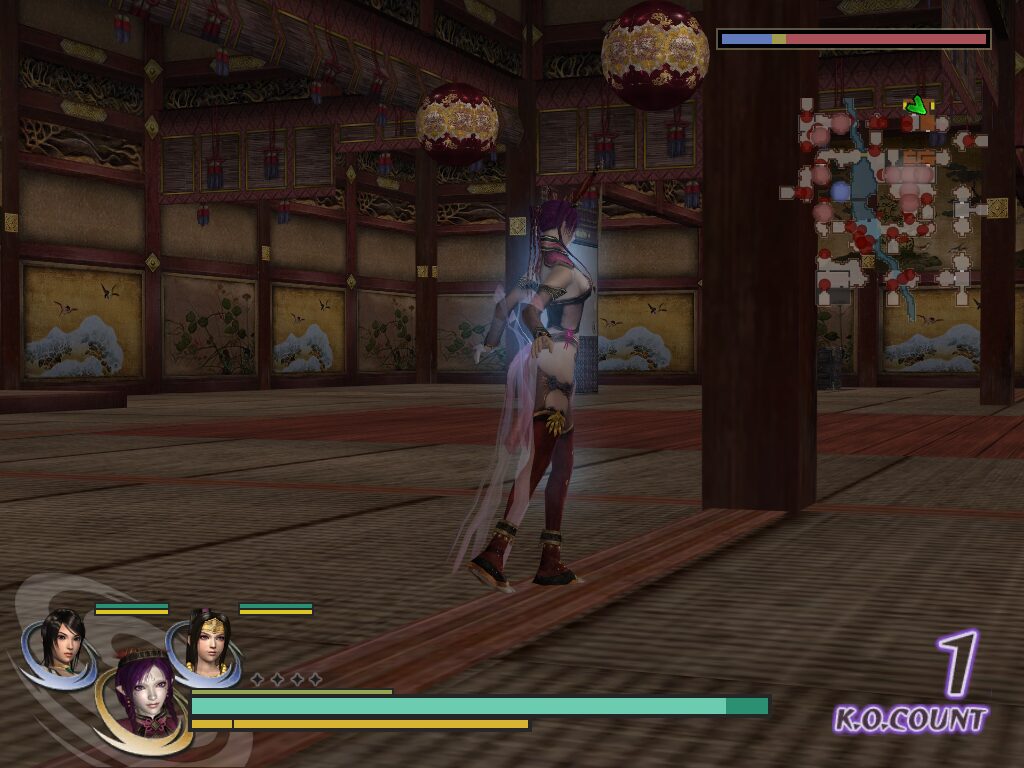

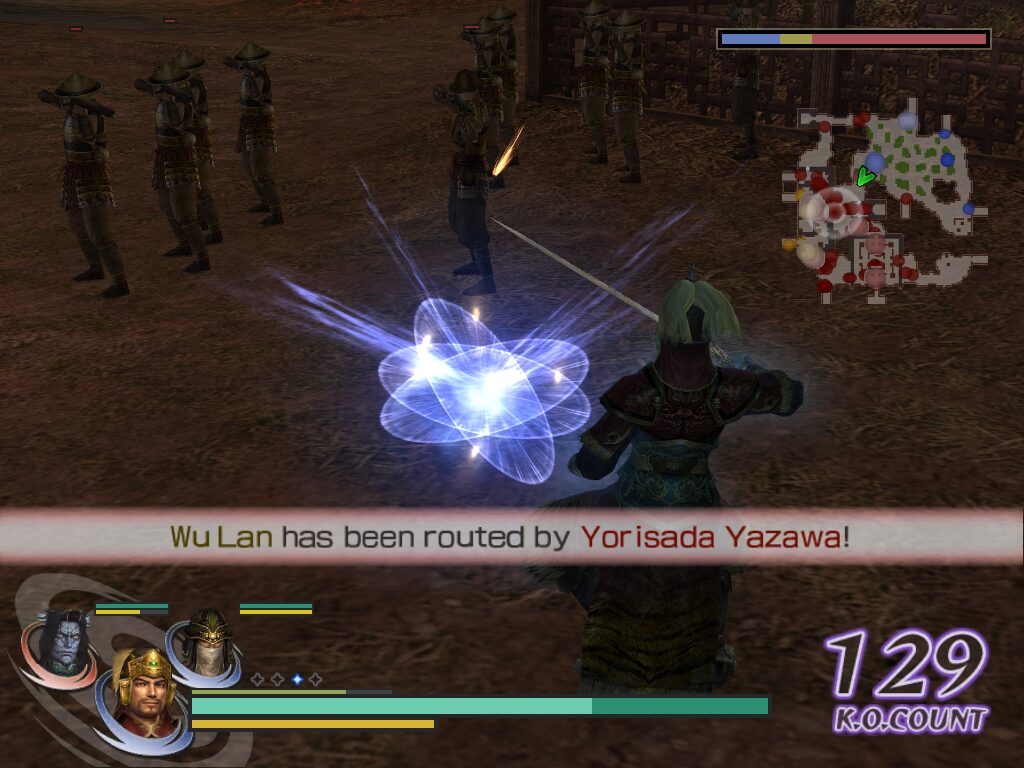
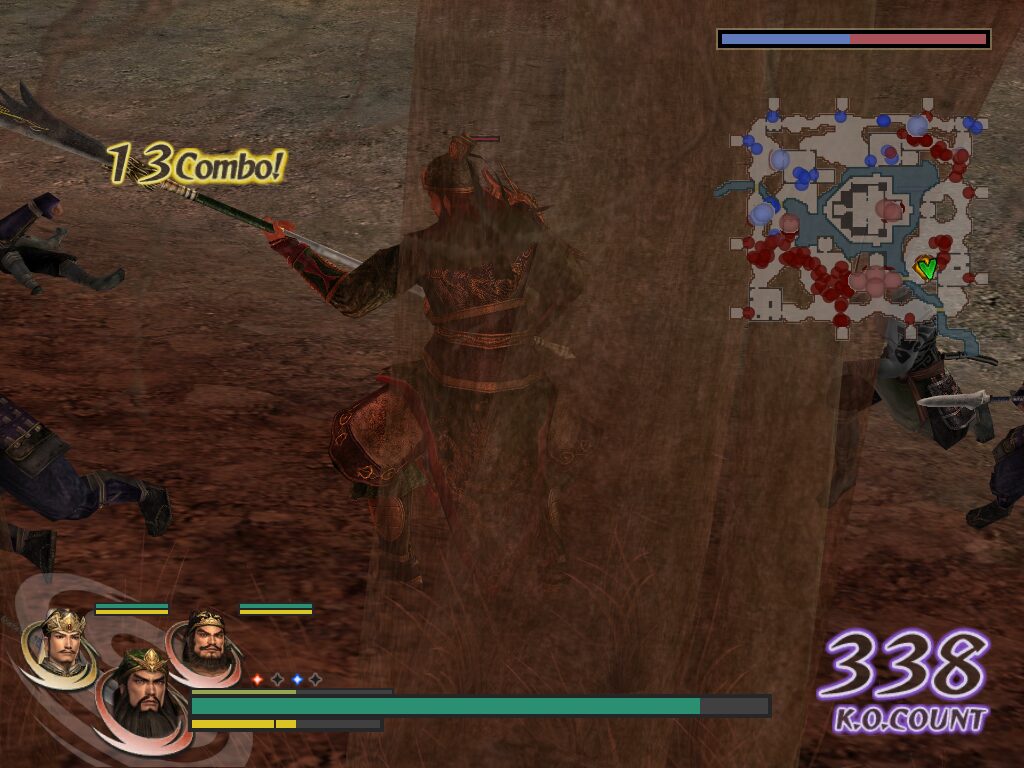



Reviews
There are no reviews yet.